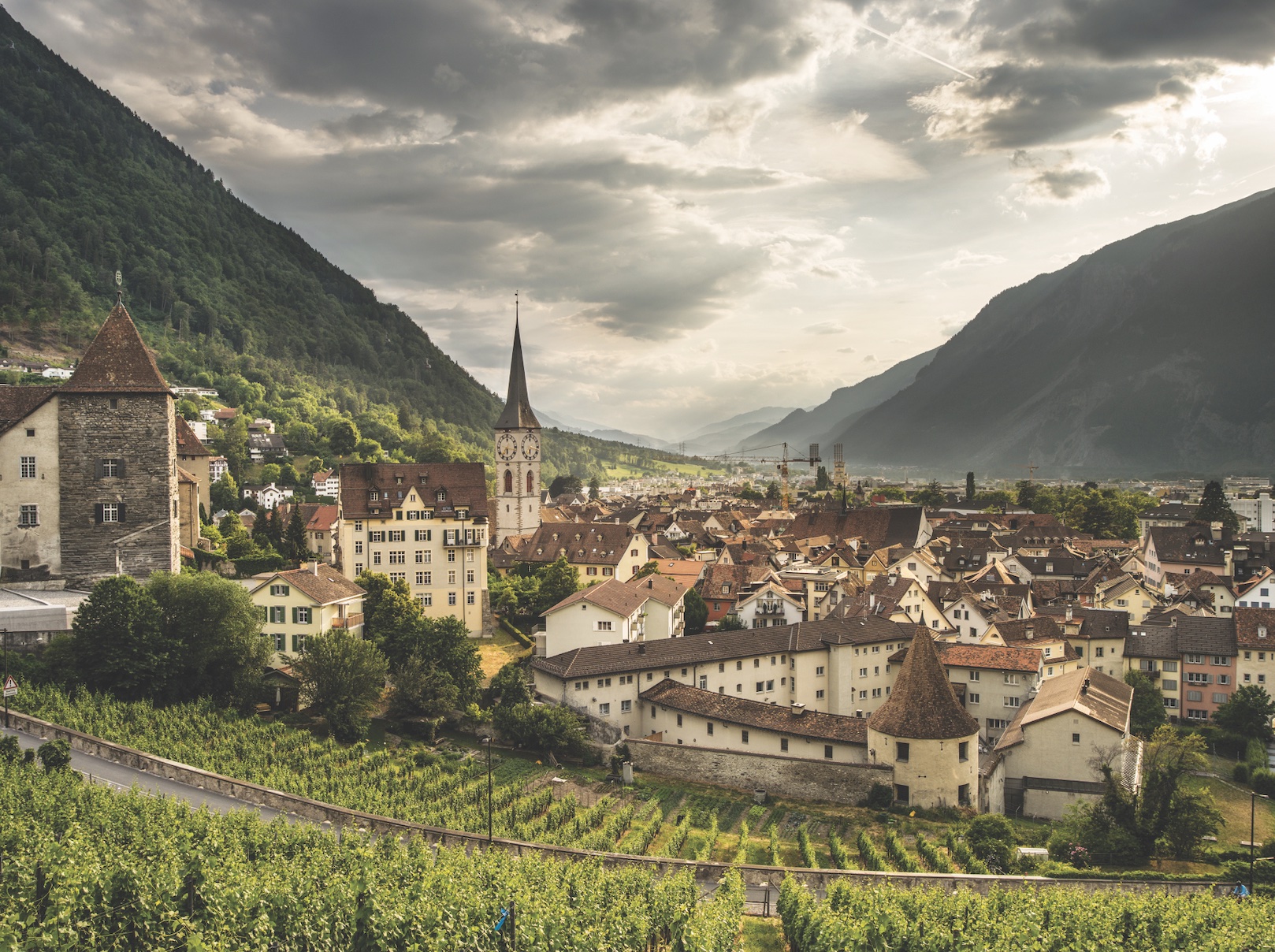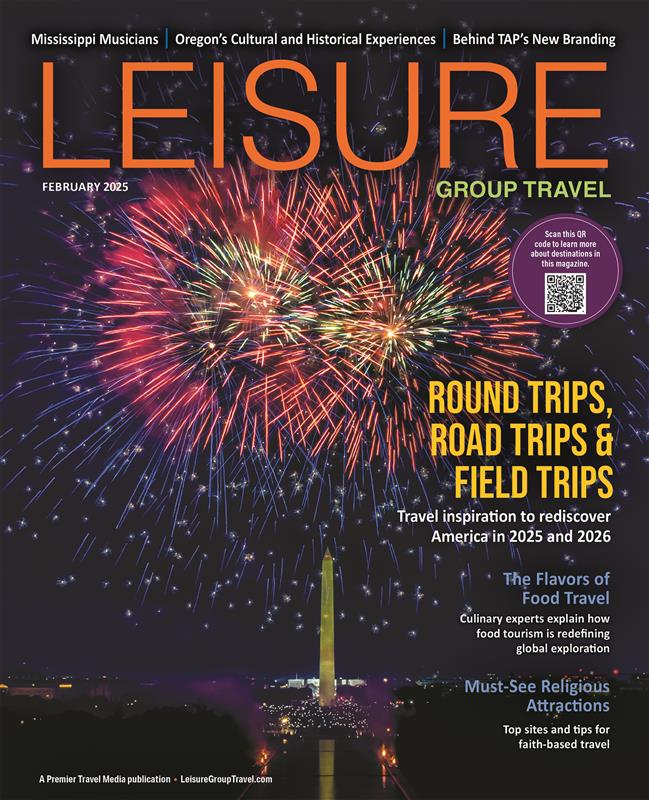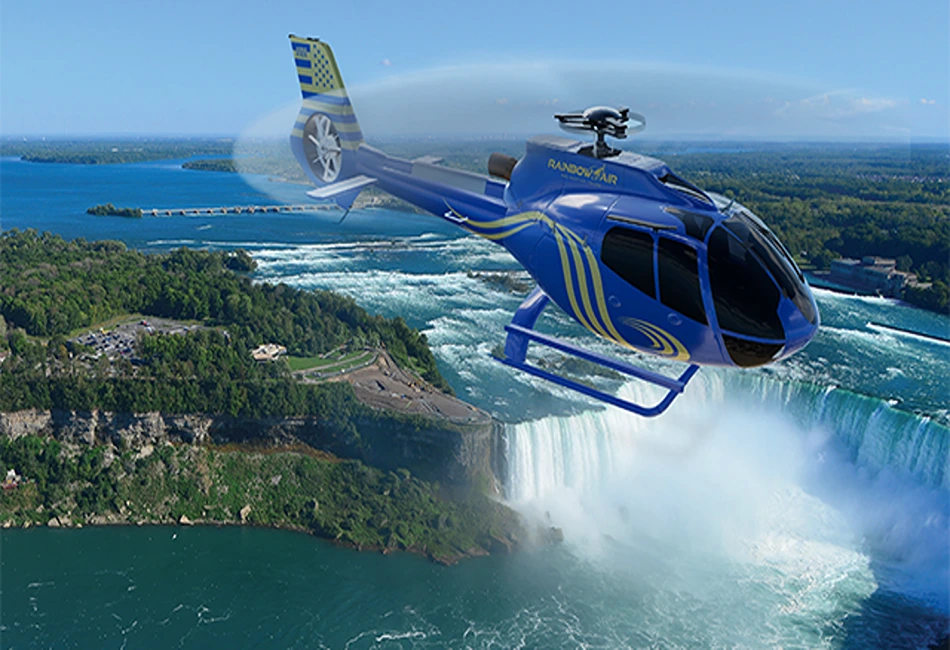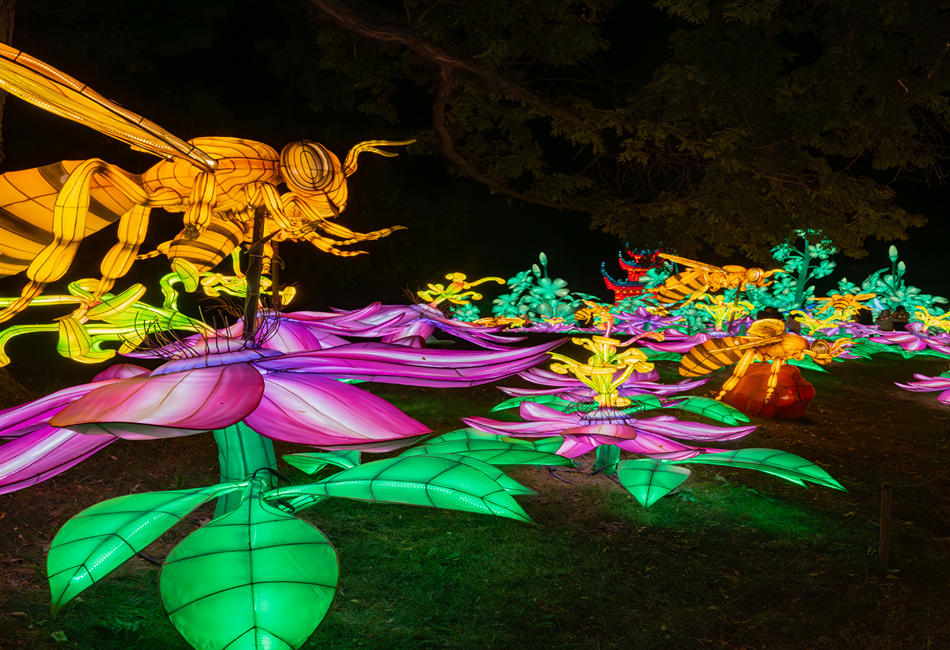Freshen up your tour itineraries by including Switzerland’s unique small cities and Alpine villages off the beaten path
Everyone knows Zurich, Geneva, Lucerne and Bern, but small cities scattered throughout Switzerland’s four language regions offer their own pleasures and treasures. While places like Rheinfelden, Bellinzona and La Chauxde-Fonds may not be household names, they deserve a spot on tour planners’ radar.
Here is a sampling of some of Switzerland’s small cities and quaint Alpine villages that are worth getting to know.
Baden is a Spa City
Out of all of Switzerland’s small cities, the curative waters of Baden’s 18 mineral-rich thermal springs and resort-like atmosphere attract people from all over the world. In fact, folks have been coming for their health since Roman times.
Today’s Spa Quarter with its numerous hotels is an oasis of tranquility, and a wide range of wellness packages are available. A recent public bath complex designed by star architect Mario Botta and thoughtfully refurbished facilities have enhanced Baden’s reputation as a spa city. (Baden is “baths” in German.)
Cultural sites in Baden
Situated on the Limmat River 20 miles from Zurich and blessed with a nature-filled cityscape, the pretty Alpine village of Baden also features a lively cultural life. This is evident with their excellent museums, a lively theater scene and many international festivals. The Langmatt Foundation, housed in a stately home with beautifully landscaped gardens, has one of Switzerland’s finest art collections. In fact, French Impressionist paintings are among its treasures. The Grand Casino is another big draw. So is the car-free Old Town with its historic defensive structures and municipal buildings, gabled houses and cobbled lanes.
For more information, visit www.myswitzerland.com/en-us/destinations/baden/.
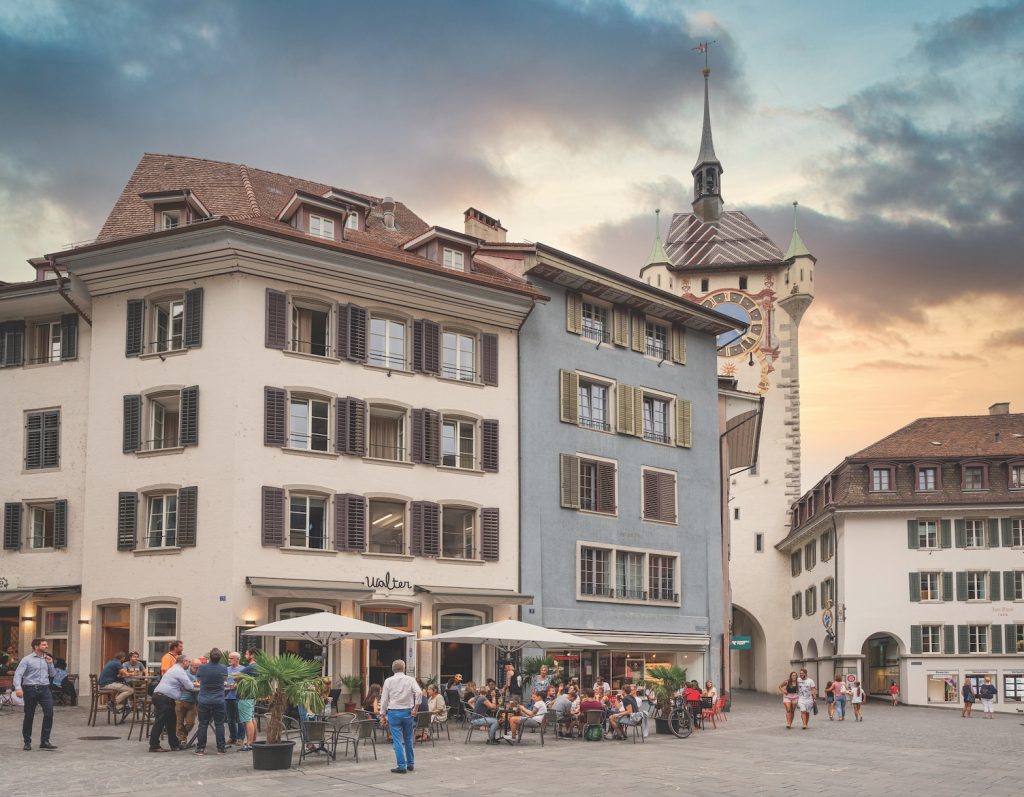
Baden’s charming Old Town. Visual Moment/Baden Tourism
Chur has Mountains of History
Commanding a beautiful mountain setting at the head of the Rhine Valley in Graubünden Canton, Chur is an inviting Alpine village of twisting alleys and historic buildings. A Mediterranean-style atmosphere permeates the pedestrianized Old Town. Explore the medieval enclave with numerous restaurants, bars, boutiques, museums and galleries.
5,000 years of heritage
At one time or another, the Celts, Romans, Ostrogoths and Franks ruled Chur, a gateway to important trade routes and Alpine passes. What remains today is its 5,000-year heritage, documented by Early Stone Age and Bronze Age finds and artifacts from the Roman period. Testimonies to more recent history include the triplenave, an 800-year-old Cathedral of the Assumption near the bishop’s residence.
Mountain resorts
Brambrüesch Mountain, accessible from the city center by cableway, enchants visitors with panoramic views and offers hiking trails through alpine flora. Chur is an ideal location from which to set off for walks and visits to vineyards in the Bündner Herrschaft winemaking region. It is also a jumping-off point for the 26 holiday and spa resorts in the Grison Mountains. The routes of the Glacier Express and Bernina Express scenic trains both pass through Chur.
About one-half of the area’s population speaks German; one-sixth is Italian-speaking; and one-third speaks Romansh and Ladin, survivors of an ancient Romance language.
For more information, visit www.myswitzerland.com/en-us/destinations/chur/.
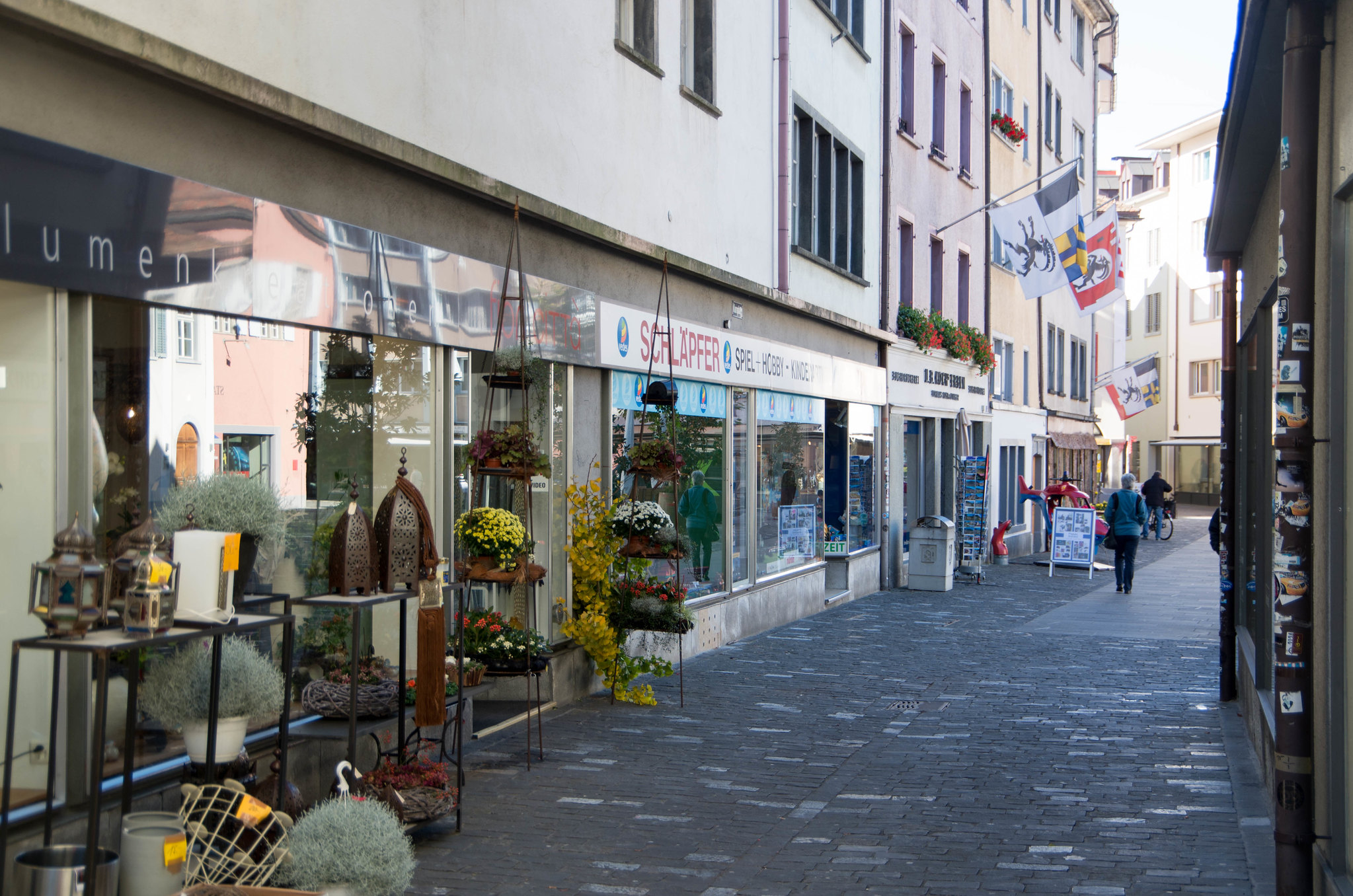
Chur. Photo courtesy of Marco Bianchi via Flickr
Castles of Bellinzona
Bellinzona is strategically positioned in Switzerland’s Italian-speaking Ticino region. Accordingly, this is where the valley narrows on the way to the Alpine passes of St. Gotthard, San Bernardino and Lucomagno. The Alpine village acts as a gateway to Italy from the north, and the keyhole to the Alps coming from the south.
Medieval fortresses
Bellinzona’s fortifications, important examples of medieval defensive architecture, have been listed as a UNESCO World Heritage Site. The town’s three well-preserved castles—Castelgrande, Montebello and Sasso Corbaro—were built from the 12th to 15th centuries as part of a fortress complex protecting Switzerland from Italy. Visitors to the castles admire a splendid panorama of the city and the surrounding mountains up to Lake Maggiore. Additionally, each castle has a small museum.
Old-world Lombardy town
Old Town’s picturesque city squares, courtyards and stately neo-Classical theater reveal the history of what is culturally a Lombardy town. Alleyways lead to richly-decorated patrician houses and beautiful old churches. Yet behind the austere charm of the medieval town is the dynamic life of a modern cityscape. Boutiques and cafes offering culinary delicacies invite visitors to shop and linger in one of Switzerland’s ancient and idyllic small cities.
Surrounding holiday resorts in nearby small cities
Bellinzona is ideally located for excursions to the holiday resorts of Locarno and Ascona, over Monte Ceneri to Lugano. From there, travel up the romantic side valleys of the Tessin or northwards into the Leventina, with the Bedretto Valley, or into the sunny Blenio Valley.
For more information, visit www.myswitzerland.com/en-us/destinations/bellinzona/.
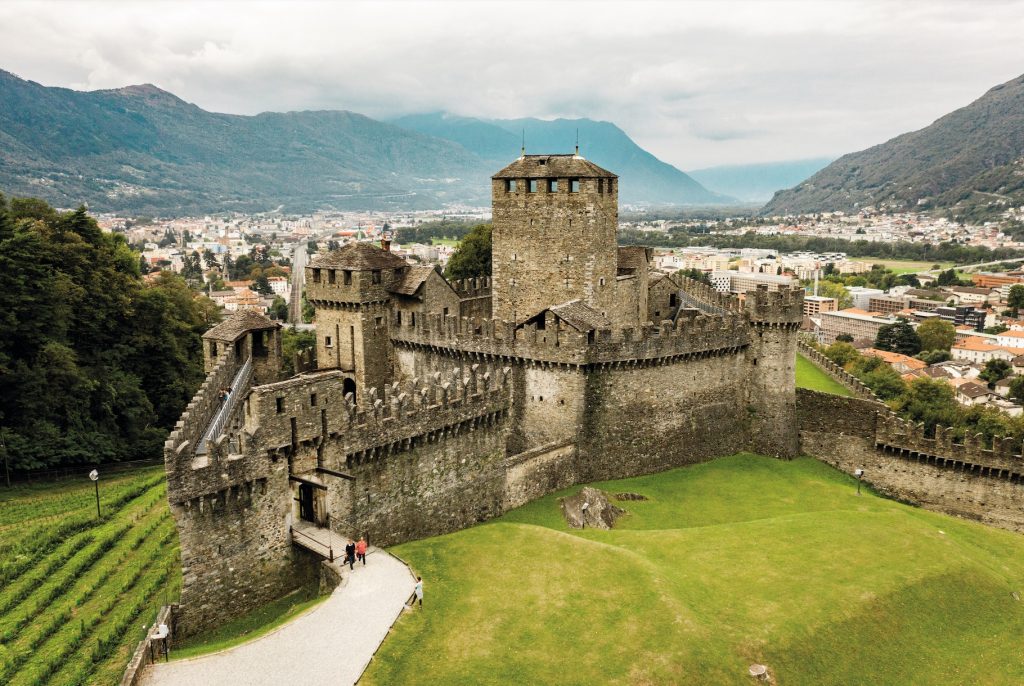
Sasso Corbaro is one of three ancient castles worth a visit in Bellinzona. Switzerland Tourism/Nicola Fuerer
Rheinfelden has Salt Baths and Swiss Brews
Not far from Basel, at the beginning of the navigable Rhine, lies the charming Alpine village of Rheinfelden. The historic town center with its typical wide market streets and delightful side lanes is an inviting place to explore and shop.
Salt baths and a Wakker Prize award-winner
In 1846, when salt baths opened in Rheinfelden, the town of 14,000 people enjoyed international fame. In 2016 the town was awarded the Wakker Prize for the preservation of its architecture. Today, Rheinfelden is a well-known center for health and well-being. Because it is easily accessible by public transport, many conferences and large meetings are held there, and a number of hotels cater to this trade.
Beer, archaeology and salt works
Rheinfelden’s Feldschlösschen Brewery, founded in 1876, is famous for its castellated brewhouse containing 12 original copper tanks. Two-hour tours with beer tastings await groups at Switzerland’s largest brewery, which also brews brands other than Feldschlösschen.
While in Rheinfelden, be sure to check out other excursions. Discover the archaeological site Augusta Raurica, the remains of the oldest Roman colony on the Rhine, and the Riburg salt works in Möhlin.
For more information, visit www.myswitzerland.com/en-us/destinations/rheinfelden/.
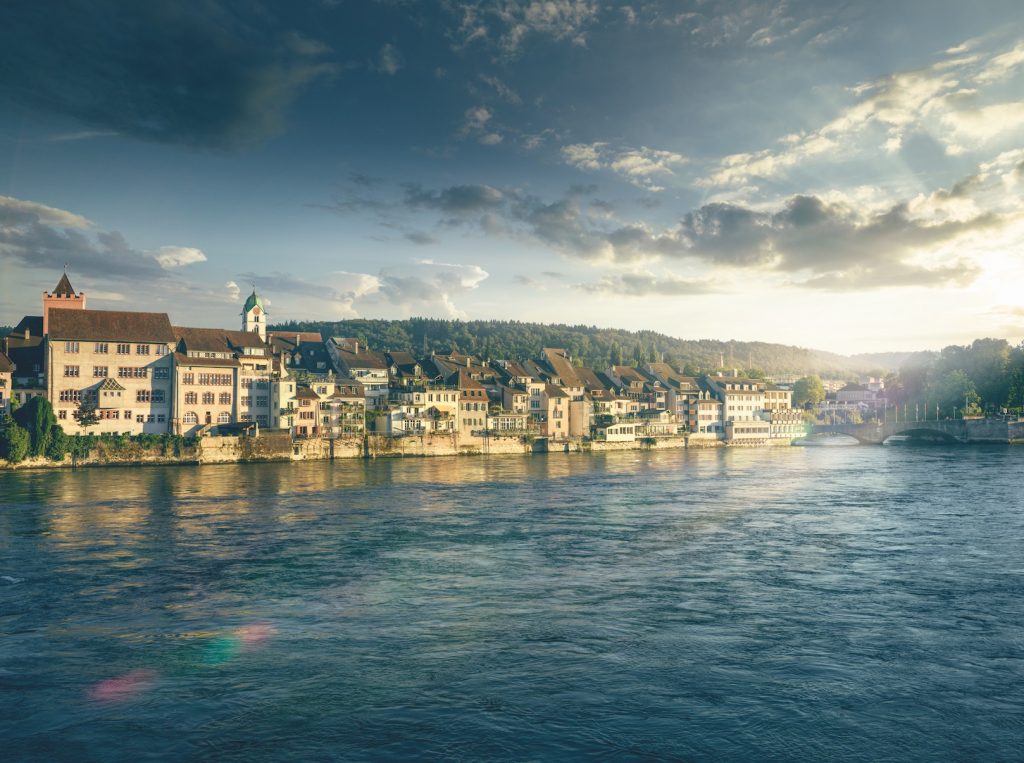
Rheinfelden’s Old Town fronts the Rhine. Aargau Tourism/Michel Jaussi
Timekeeping Heritage of La Chaux-De-Fonds
La Chaux-de-Fonds, birthplace of the great 20th century architect Le Corbusier (1887-1965), was the world capital of the watchmaking industry for over 100 years. In fact, the first house designed by Le Corbusier is located here, but the main attraction is the International Clock Museum. Here, peruse thousands of watches and clocks that illustrate the history of timekeeping from its beginnings in antiquity to the state-of-the-art instruments of today. Museum guests can enjoy an audiovisual presentation, multimedia show and interactive exhibits. In addition, they can observe watchmakers as they restore antique timepieces.
Watchmaking capital of the world
Watchmaking was well-established in La Chaux-de- Fonds in the late 1700s. Accordingly, the small city dramatically expanded production of watches and components in the 19th century. La Chaux-de-Fonds had hundreds of watchmaking suppliers and dozens of producers of finished watches. One company, Election, built a large factory complex that employed more than 250 workers. Subsequently, it dominated watchmaking in the city for two decades. Today La Chauxde-Fonds is home to such notable watch companies as Greubel Forsey, Corum and TAG Heuer.
An UNESCO World Heritage Site
One of Switzerland’s small cities, the cityscape of La Chaux-de-Fonds was designated in 2009 as a UNESCO World Heritage Site. It is characterized by an interesting chessboard design of long, wide avenues created at the beginning of the 19th century. In addition to old-world architecture, it’s dotted with a number of modernist buildings. Furthermore, La Chaux-de-Fonds is the largest town in the French-speaking canton of Neuchâtel.
For more information, visit www.myswitzerland.com/en-us/destinations/la-chaux-de-fonds/.
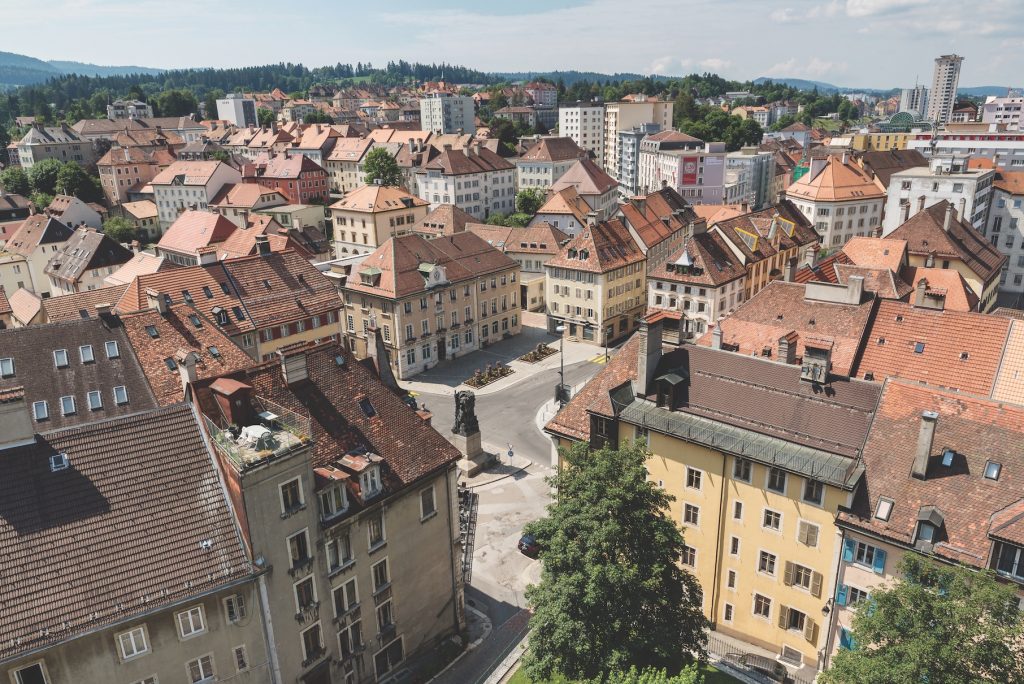
Historic town center of La Chaux-de-Fonds, one of Switzerland’s most intricate small cities. retoDuriet.com
Fribourg, the Largest of Switzerland’s Small Cities
Nestled on a large rock promontory, Fribourg is surrounded on three sides by the Sarine River. It is one of the largest medieval towns in Switzerland, featuring an Old Town with more than 200 Gothic facades from the 15th century. The town also has 11 impressive fountains and 15 historic bridges making this one of Switzerland’s ancient small cities to visit.
Centuries-old attractions
Large sections of Fribourg’s town walls, including gates, turrets and bastions, have been preserved. Built between the 13th and 15th centuries, they represent the most significant piece of medieval military architecture in Switzerland. You can visit the system of walls— they extend for more than a mile—on your own or on a guided tour.
Also impressive is St. Nicholas Cathedral with its beautiful stainedglass windows. The 1283-built church boasts a 243-foot-high tower offering stunning panoramic views. Another attraction is the Italian-style, early Baroque Loreto Chapel.
It is also worth making an excursion to Hauterive Abbey, an 1137 Cistercian abbey, once a stopping place on the pilgrims’ route to Santiago de Compostela, Spain.
Art and culture in Old Town
Just north of the cathedral is Espace Jean Tinguely – Niki de Saint-Phalle. This vast gallery showcases avant garde works by Fribourg-born Jean Tinguely and his wife, Niki de Saint-Phalle. More creations by the two artists can be found on the Sculpture Trail in the town center. From the Neuveville District in the Old Town, a funicular railway takes visitors up to the pedestrianized area of the center, where tightly-packed rows of boutiques, antique shops, student cafes and restaurants line the narrow alleyways.
Fribourg is also a lively, cosmopolitan university town with students from all over the world. You will hear both French and German spoken in this bilingual city, but French dominates the culture and cuisine.
For more information, visit www.myswitzerland.com/en-us/destinations/fribourg-freiburg/.
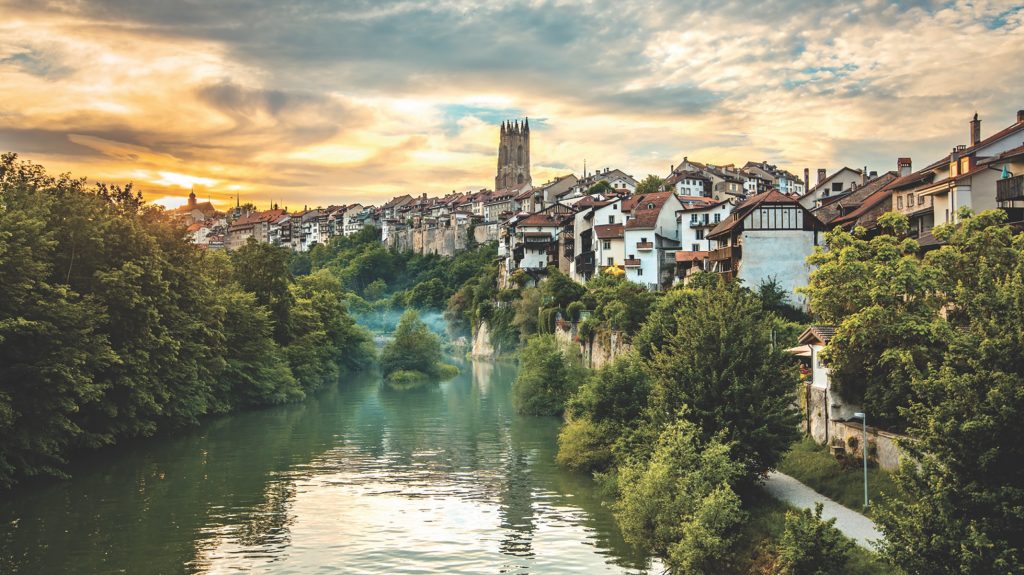
The Sarine River flows past Fribourg’s medieval core in one of Switzerland’s ancient small cities. Fribourg Tourism/Pierre Cuony
Mediterranean-esqu Locarno
Small cities throughout Switzerland evoke old-world charm. Basking in a Mediterranean climate with nearly 2,300 hours of sunshine a year, the Alpine village of Locarno probably has the best weather in Switzerland. It lies on the northern shore of Lake Maggiore in the Italian-speaking canton of Ticino. Palm, lemon and fig trees, along with bougainvillea and other subtropical flora, flourish in Locarno, giving the city its special southern charm. In addition, the lake promenade offers relaxed strolling.
Heritage of Locarno
The heart of Locarno is Piazza Grande, well known for its annual film festival. The picturesque lanes of the Old Town lead to the Piazza. Castello Visconteo, a castle dating back to the 12th century, lies at the edge of the Old Town. In addition to older attractions, splendid upper-town palazzi house fine art collections.
The pilgrimage church of Madonna del Sasso, located above Locarno, is reachable via a short funicular ride to the hilltop hamlet of Orselina. The church is said to have been established after a friar in 1480 saw a vision of the Virgin Mary. The most notable sight in Locarno, it boasts an extraordinary view of the city, mountains and glittering blue lake. Right above the church is the cable car station for rides to the panoramic viewing platform of Cardada/Cimetta, the closest mountain to Locarno.
For more information, visit www.myswitzerland.com/en-us/destinations/locarno/.
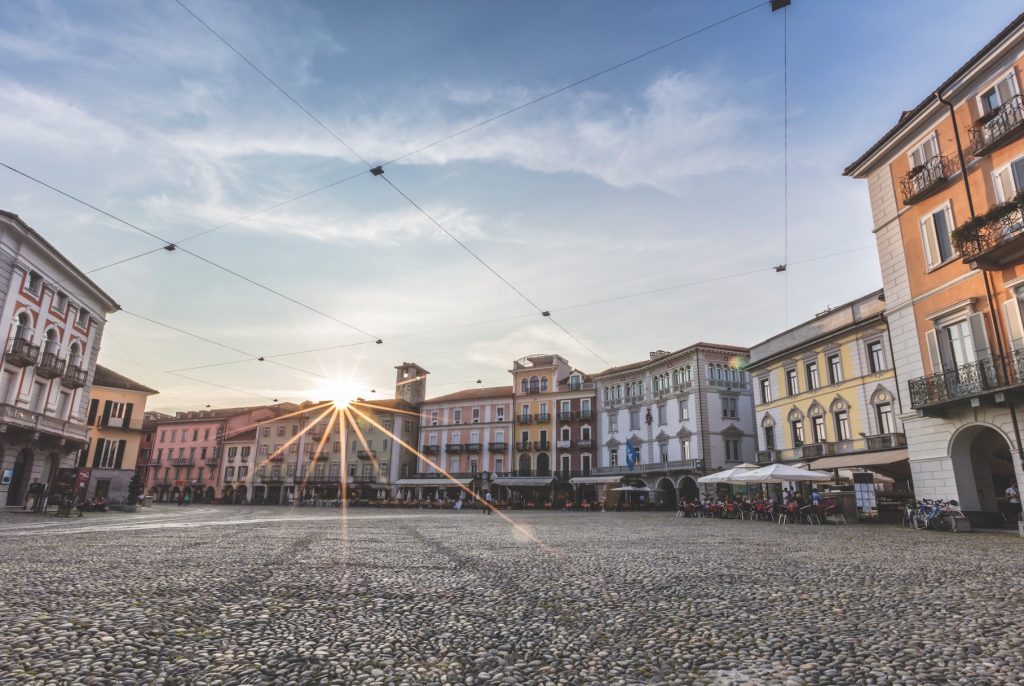
Switzerland’s small cities offer places like Piazza Grande in Locarno. Ascona-Locarno Tourism/Alessio Pizzicannella
Find other amazing Switzerland adventures through small cities and Alpine viallages by subscribing to the current issue of Leisure Group Travel’s Switzerland Tour Guide today.


